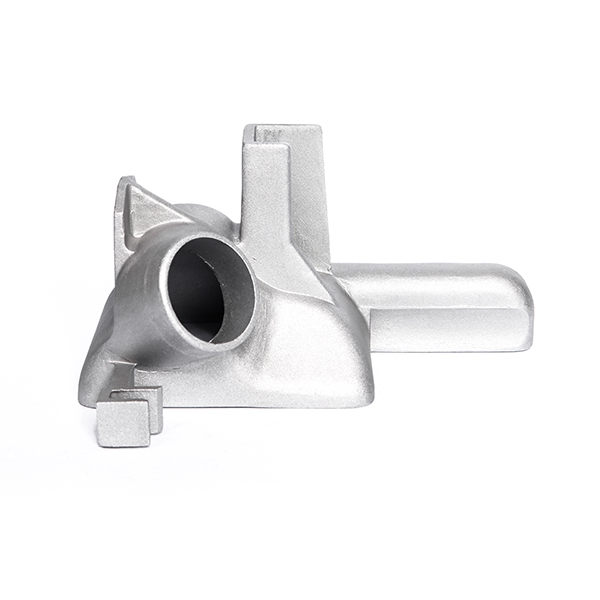Mobile:+86-311-808-126-83
Email:info@ydcastings.com
flexible connector for fire pump
The Importance of Flexible Connectors for Fire Pumps
In the realm of fire safety and prevention, fire pumps play a crucial role in providing the necessary water pressure for sprinkler systems, standpipe systems, and other fire suppression applications. As with any mechanical system, ensuring optimal performance and reliability is essential. One often overlooked component that significantly influences the performance of fire pumps is the flexible connector. This article delves into the various benefits and considerations surrounding the use of flexible connectors in fire pump applications.
What is a Flexible Connector?
A flexible connector is a piping component designed to absorb vibration, minimize noise, and compensate for misalignment or thermal expansion in piping systems. Typically composed of materials such as rubber or metal, these connectors are installed between the fire pump and the associated piping. They serve as crucial mediators, allowing for motion flexibility without compromising the integrity of the system.
Key Benefits of Flexible Connectors
1. Vibration Isolation Fire pumps generate considerable vibrations during operation, which can lead to wear and tear on associated components. Flexible connectors absorb these vibrations, protecting adjacent equipment and extending their lifespan.
2. Compensation for Misalignment Due to various factors like installation errors or ground settling, misalignment within a piping system can occur. Flexible connectors can accommodate slight misalignments without stressing the pump or piping, reducing the likelihood of leaks or system failure.
3. Thermal Expansion Management Temperature variations can cause pipes to expand or contract. Flexible connectors can adjust to these changes, preventing undue stress on the system, which might otherwise lead to cracks or breaks in the piping.
4. Noise Reduction The operation of fire pumps can be noisy, primarily due to vibrations. Flexible connectors reduce this noise, creating a more pleasant environment for building occupants and staff.
5. Easier Maintenance The use of flexible connectors simplifies maintenance procedures. They allow for easier disconnection of the fire pump for repairs or replacements, minimizing downtime and ensuring that fire protection systems remain operational.
flexible connector for fire pump

Considerations for Selecting Flexible Connectors
When choosing flexible connectors for fire pump applications, several factors should be taken into account
1. Material Selection Depending on the specific requirements of the system (e.g., temperature range, fluid type), different materials may be suitable. Rubber connectors are often favored for their flexibility, while metal connectors may be required for high-temperature or high-pressure applications.
2. Size and Configuration The dimensions and design of the connector should match the existing piping system to ensure a proper fit and function. Custom configurations may be necessary for unique installations.
3. Pressure and Temperature Ratings It's essential to select flexible connectors that can withstand the operational pressures and temperatures of the system. Failure to do so could lead to catastrophic results during fire emergencies.
4. Regulatory Compliance Ensure that the selected connectors meet local building codes and standards for fire safety systems. This may include certifications from relevant governing bodies.
5. Installation Proper installation is critical to the performance of flexible connectors. Engaging professionals with experience in fire protection systems can prevent future issues and ensure compliance with safety standards.
Conclusion
In conclusion, flexible connectors serve a vital function in the effective operation of fire pumps. By absorbing vibrations, managing thermal expansion, compensating for misalignment, and reducing noise, they help enhance the longevity and reliability of fire suppression systems. When selecting flexible connectors, it is essential to consider their materials, configurations, and regulatory compliance to ensure safety and efficiency. Investing time and resources into the proper selection and installation of these components can make a significant difference in maintaining a safe environment in structures equipped with fire protection systems.











